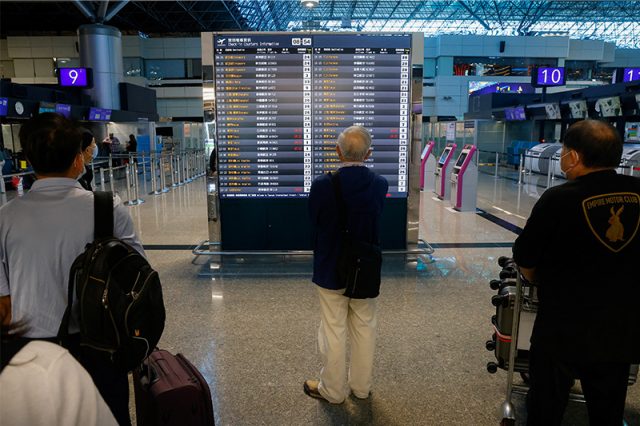
BEIJING/TAIPEI— China launched a weather satellite on Sunday as civilian flights altered their routes to avoid a Chinese-imposed no-fly zone to the north of Taiwan which Beijing put in place because of the possibility of falling rocket debris.
Taiwan’s transport ministry said Beijing had initially notified Taipei it would impose a no-fly zone from Sunday to Tuesday but later said that period had been reduced to 27 minutes on Sunday morning after Taiwan protested.
The no-fly announcement rattled regional nerves as it followed shortly after China staged new war games around Taiwan, which Beijing views as sovereign Chinese territory.
The China Aerospace Science and Technology Corporation, China’s main contractor for its space program, said the weather satellite Fengyun 3G had successfully launched from the northwestern province of Gansu at 9:36 a.m. (0136 GMT).
The satellite then entered its set orbit, the contractor said, describing the launch as a “complete success”. The Fengyun 3G is a low-earth orbit satellite designed to track rainfall.
It did not say what the flight path of the Long March 4B rocket carrying the satellite was, but the time coincides with China’s previous announcement about the no-fly zone.
China has said it is inaccurate to call it a no-fly zone, though Taiwan has issued a notice to airmen, or NOTAM, that uses the wording “airspace blocked due to aerospace flight activity”.
Taiwan’s defense ministry said some debris from the rocket launch had fallen into the “warning zone” off the island’s northern coast, but it did not affect Taiwan’s territorial safety.
Flights to and from Taiwan and China, Taiwan and South Korea and Taiwan and Japan were amongst those detouring around the zone on Sunday morning, according to routes tracked on Flightradar24.
Normal flight paths resumed shortly after 10 a.m. (0200 GMT).
The zone is in an area over the East China Sea slightly northeast of Taiwan that routinely sees heavy civilian flight traffic.
Taiwan’s Civil Aeronautics Administration said in a one-hour period starting from 9 a.m. (0100 GMT) 33 flights had to alter their routes, adding an extra five to 10 minutes of flying time.
China has denounced what it has called hype around China’s space activities and an attempt to escalate confrontation across the Taiwan Strait.
—Reporting by Bernard Orr and Ben Blanchard; Editing by William Mallard









